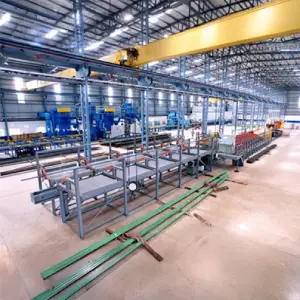
In constructing any kind of house or any other structure, it is just like constructing a strong foundation using quality TMT bars. This is the most crucial section in strength and safety of the building. However, as all TMT bars may appear similar, it is sometimes difficult to determine what ones are the best. These are the main indicators of the good quality of TMT bar that you may consider.
The Rib Pattern: Study the surface of the bar closely. There are raised lines and patterns that you will see; they are called ribs. The ribs must be clean and clearly delineated and spaced evenly. These ribs are not only natural but also provide an assist to the bar to hold the concrete firmly in place making it a strong bond. Rough or inadequately outlined patterns will not adhere well to concrete and the structure becomes weaker.
The Colour and Finish: The colour of the bar can tell you a lot about how it was made. A good quality TMT bar will have a uniform charcoal grey colour, often with a slight bluish tint. This occurs because of the thermomechanical treatment, especially the quick cooling with water. While a little surface rust is normal from moisture in the air, the bar should not be flaky or deeply rusty. Also, avoid bars that are unusually black or have a burnt look, as this can mean problems during manufacturing.
-
209, Gowra Fountainhead, Patrika Nagar
Madhapur, Hyderabad - 500081 - Phone: +91 9100073039 Phone: +91 8121004773
- nsepoxy@gmail.com Website: www.nagarjunagroup.com
- Sitemap
 Contact us
Contact us
NS Epoxy stands as the frontrunner in TMT manufacturing, committed to constant innovation and research. Our focus is to ensure our product technology remains cutting-edge, precisely tailored to meet client's requirements.